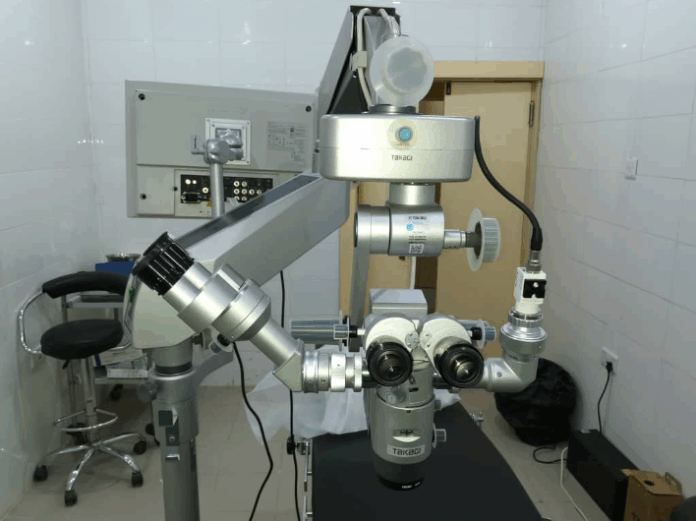Electricity in Health-care Delivery
By Salisu Na’inna Dambatta
The World Health Organisation (WHO) reported on its website that, “Close to 1 (one) billion people in low- and lower-middle-income countries are estimated to be served by health-care facilities without reliable electricity or with no electricity access at all.”
The WHO said, “Electricity is needed to power critical and life saving medical devices as well as the most basic services such as lighting, communications and clean water supply.’’
The report went on: “Electricity is crucial for the availability and reliability of essential health services, as well as for bettering health, with outcomes such as safe childbirth, vaccination, diagnostic capacity and emergency response.”
And sadly the WHO report factually says, “The energy access challenge is higher for health-care facilities in remote and rural areas.”
The situation of inadequate electricity in healthcare facilities is evidently as bad in the cities as it is in rural areas in Nigeria. These are some of the reasons for that situation: insufficient nationwide total grid electricity supplly; aged and badly-maintained generation, transmission and distribution facilities and lack of investment by players in the sector.
The paucity of electricity could be measured by the happiness expressed by the Ministry of Power when on Sunday, March 2, 2025, Nigeria recorded power generation of a paltry 6,003 megawatts (MW), reportedly the highest in Nigeria’s history.
Despite the grossly inadequate power generation, transmission and distribution in the country, operators of the power sector have been favoured by a tariff system that forced electricity consumers to pay stiff bills.
The ultra high tariffs made it difficult for healthcare facilities, universities, factories, households, barracks for security forces and ministries, departments and agencies to promptly settle electcity bills.
For instance, the University College Hospital (UCH), Ibadan, was one of the teaching hospitals that “suffered persistent power outages due to unpaid electricity debt owed to the Ibadan Electricity Distribution Company (IBEDC).”
The UCH management lamented that IBEDC has disconnected the power supply over an outstanding debt of approximately N400 million, part of a total electricity debt of N3.1 billion.
The latest of electricity disconnection from a Teachibg Hospital by a power distribution company affected the Aminu Kano Teaching Hospital (AKTH). The management of the Hospital said in a statement on September 14, 2025 that, some patients on electricity-powered life-support equipment died due to the abrupt power cut.
The AKTH is known to generate around 3.5 megawatts of electricity on-site, but that is not enough to meet the power needs of the sprawling Hospital.
The disconnection of electricity at AKTH because of outstanding electricity bills totaling around ₦950 million ended only when the Kano state Commissioner of Police intervened.
It is heartwarming for advocates for healthcare journalism that the Bola Ahmed Tinubu-led Federal Government has proposed ₦300 billion in the 2025 budget to provide solar power to some healthcare facilities and universities.
The Aminu Kano Teaching Hospital is one of the top Hospitals in the country to benefit from that. Indeed, the installation of solar power station worth ₦12 billion to generate seven megawatts of electricity for the Hospital was kicked off in a ceremony held in the Hospital by the Minister of Innovation, Science and Technology, Uche Nnaji, Abubakar Kabir Bichi, an activist member of the House of Representatives, and officials of AKTH.
The Chairman, House of Representatives Committee on Appropriation, Dr. Abubakar Kabir Bichi who disclosed the ₦300 billion budgetary provision and facilitated the ₦12 billion AKTH project, explained that, “this intervention is designed to guarantee uninterrupted power for hospitals and universities so that doctors can save lives and students can study without disruption.”
Elated by the project. the Chief Medical Director (CMD) of the Hospital, Professor Abdurrahman Abba Sheshe, said the solar project would help in drastically reducing electricity bills, stablise power supply and contribute in enhancing service delivery in the Hospital.
Salisu Na’inna Dambatta is an advocate for healthcare journalism

